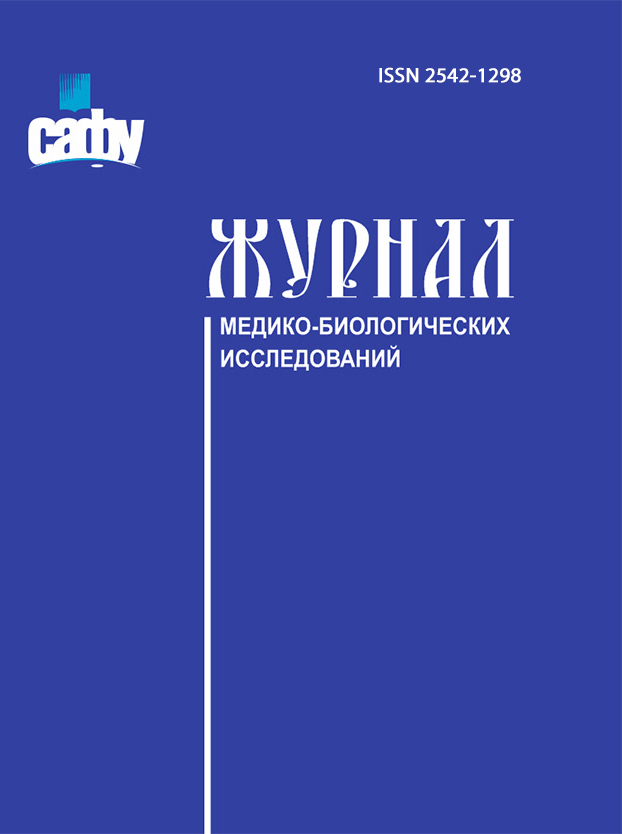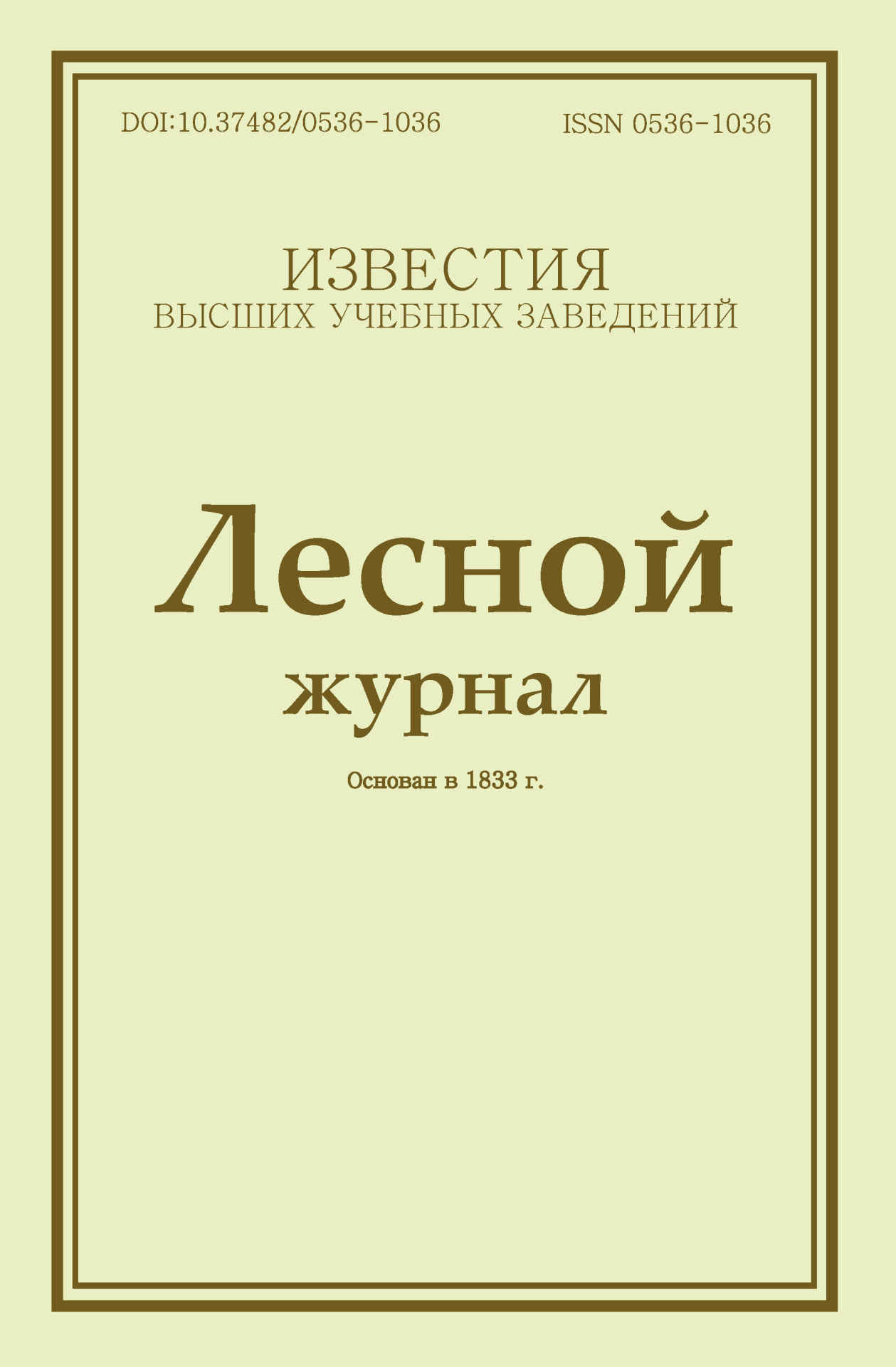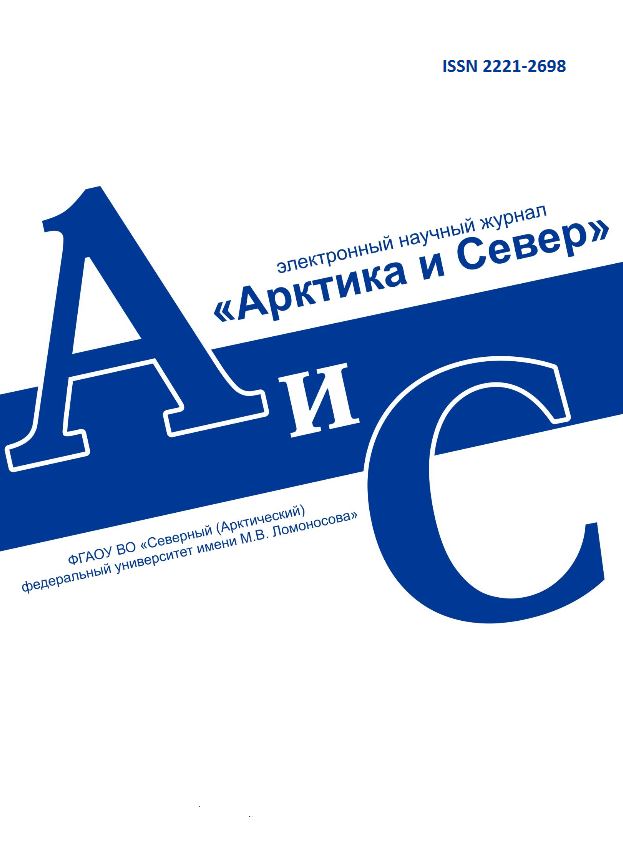
Vestnik of Northern (Arctic) Federal University.
Series "Humanitarian and Social Sciences"
ISSN 2227-6564 e-ISSN 2687-1505 DOI:10.37482/2687-1505
Legal and postal addresses of the founder and publisher: Northern (Arctic) Federal University named after M.V. Lomonosov, Naberezhnaya Severnoy Dviny, 17, Arkhangelsk, 163002, Russian Federation Editorial office address: Vestnik of Northern (Arctic) Federal University. Series "Humanitarian and Social Sciences", 56 ul. Uritskogo, Arkhangelsk
Phone: (8182) 21-61-20, ext. 18-20 ABOUT JOURNAL |
Section: History Download (pdf, 3MB )UDC316.45(470.1/.2)«19/20»(045)AuthorsSokolova Flera KharisovnaInstitute of Social, Humanitarian and Political Sciences, Northern (Arctic) Federal University named after M.V. Lomonosov 2 prosp. Lomonosova, Arkhangelsk, 163002, Russian Federation; e-mail: flera@atnet.ru; f.sokolova@narfu.ru AbstractThis paper used the data of Soviet and Russian national censuses to analyse the population dynamics in the European North of Russia during the Soviet and post-Soviet periods. The starting point of the study is the mid-1920s, when, after the tumultuous events of the Civil War and defeating of the anti-Bolshevik regime, this region started building the foundations of the Soviet model of national policy. The endpoint of the study is 2010 due to the shortcomings of the annual population ethnicity statistics. It should be noted that the dynamics of the ethnic composition of the population was directly linked to the industrial development and socioeconomic attractiveness of this region. During the 1930s – 1980s, this area was like a magnet for immigrants from various parts of the country, which had to do with its rapid socioeconomic and cultural development. By contrast, in the early 21st century, as a result of the drastic transformations in the 1990s and the region’s going through a long economic crisis, one could see a massive out-migration from this area and a dramatic decline in the population of the European North of Russia. Recently, there has been observed a new tendency to monoethnic composition in the region, where, as other indigenous groups are shrinking and people from other regions are leaving, the proportion of Russians has been increasing. During the period under study, due to the changing direction of migration flows the region has seen a decreasing number of Europeans and immigrants from the European part of the former Soviet Union. At the same time, we can observe an emerging trend towards larger representation of Asian cultures and people from Central Asia and the Caucasus.KeywordsEuropean North of Russia, population, ethno-national composition, ethnic composition of the population, population statisticsReferences
|
Make a Submission
INDEXED IN:
|
Продолжая просмотр сайта, я соглашаюсь с использованием файлов cookie владельцем сайта в соответствии с Политикой в отношении файлов cookie, в том числе на передачу данных, указанных в Политике, третьим лицам (статистическим службам сети Интернет).






